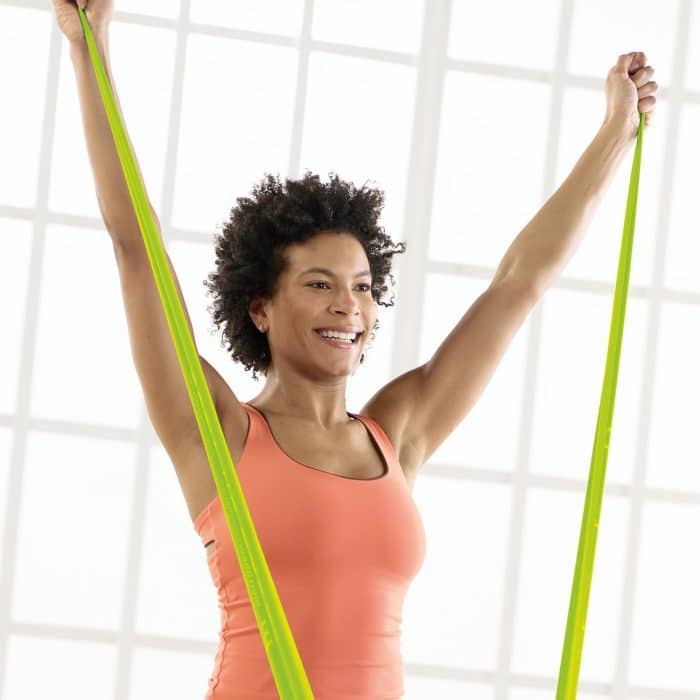Shoulder Rehabilitation Exercises
Shoulder rehabilitation exercises are quite commonly prescribed for rotator cuff injuries that result from shoulder impingement. Unless you are an overhead throwing athlete or have sustained a traumatic injury, the rotator cuff is commonplace in rehabilitation settings. In fact 70% of rotator cuff tears occur in sedentary individuals, according to data…
What is Shoulder Impingement?
“Shoulder impingement is a progressive orthopaedic condition that occurs as a result of altered biomechanics and/or structural abnormalities” (Escamilla, Hooks and Wilk, 2014).
. This condition is progressive in nature.
Who Gets Shoulder Impingement?
“Disorders of the shoulder are extremely common, with reports of prevalence ranging from 30% of people experiencing shoulder pain at some stage of their lives up to 50% of the population experiencing at least one episode of shoulder pain annually. In addition to the high incidence, shoulder dysfunction is often persistent and recurrent, with 54% of sufferers reporting ongoing symptoms after 3 years” (Lewis, 2009).
What Causes Shoulder Impingement?
Shoulder impingement can occur through a variety of mechanisms and can be a result of either structural and/or functional contributing factors.
- Hypermobility and hypomobility. Too much or too little mobility of the shoulder capsule can contribute to impingement.
- Abnormal scapular position and motion. that results from active arm movements is also a predisposing factor.
- Poor Posture. Excessively rounded shoulders and flexed upper back (kyphosis) changes the orientation of the resting position and dynamic movement of the scapula.
- Weakness of the rotator cuff. The primary function of the rotator cuff is to stabilise the ball and socket of the arm and maintain its position.
Consequently, if the rotator cuff is weak, the dominant deltoid will glide the arm upwards too early and cause impingement against the roof of the socket. - The shape of the bones inside your shoulder play a major role in shoulder impingement. There are three shapes of the acromion identified in studies. Additionally,there is an increased likelihood (70% of the cases) of rotator cuff lesions that occur in the presence of a hooked acromion
Why shoulder rehabilitation exercises?
Shoulder rehabilitation exercises are generally used as nonoperative strategies. In fact, studies indicate that both shoulder rehabilitation exercises and manual therapy reduce pain and improve function.
Pilates exercise offers a variety of exercise programmes for shoulder impingement and gradual progressions that can help clients to return to a prior level of function.
Why Posture?
Postural corrections and active range of motion arm movements are paramount in Pilates exercise. Indeed, this is crucial when aiming to normalise arm motion and prevent posterior capsular tightness. Furthermore, this is achieved through stretching and increasing the flexibility of the surrounding musculature of the shoulder.
Pilates at Core Kensington can benefit your shoulder by improving the flexibility, mobility, and range of motion of your shoulder and enhance neuromuscular control. In addition, improving your posture with Pilates can help the mechanics of your shoulder.
Book a class or personal training session today at the studio to online and start your journey to a painless shoulder.
We are now streaming live workouts on Zoom that can help improve your shoulder strength and mobility. Additionally, our workouts can help improve your spinal health which in turn improve the position of your shoulder girdle.
Book now!
References:
Escamilla, R., Hooks, T. and Wilk, K. (2014) ‘Optimal management of shoulder impingement syndrome’, Open Access Journal of Sports Medicine. doi: 10.2147/oajsm.s36646.
Lewis, J. S. (2009) ‘Rotator cuff tendinopathy/subacromial impingement syndrome: Is it time for a new method of assessment?’, British Journal of Sports Medicine. doi: 10.1136/bjsm.2008.052183.



